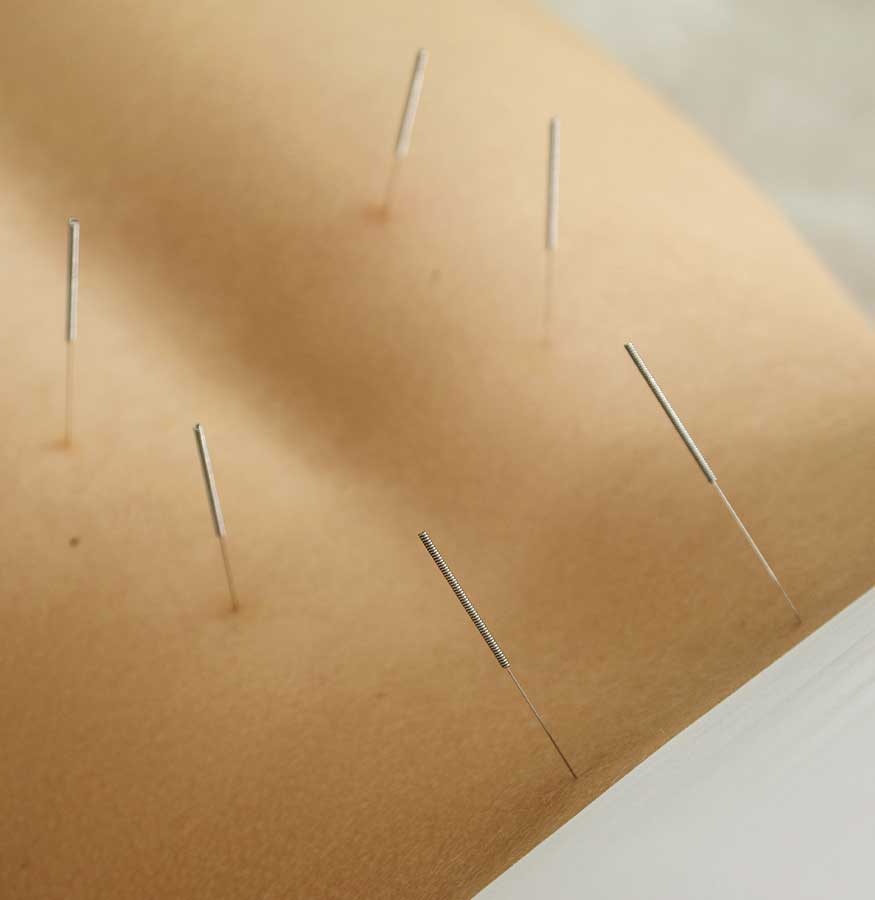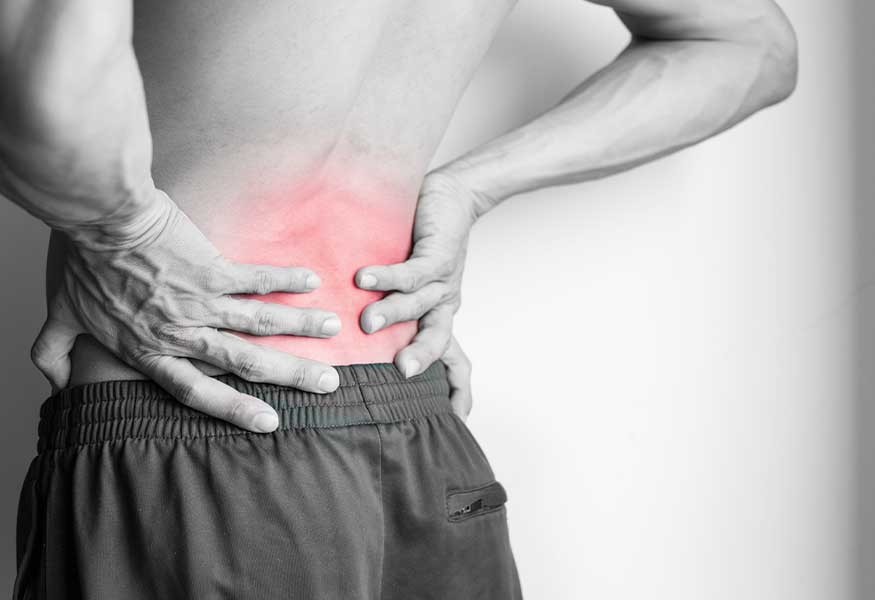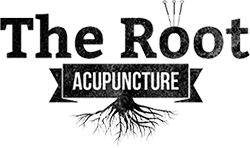Does Acupuncture Work for Lower Back Pain?

Lower back pain is a common condition that can significantly impact the quality of life. Acupuncture, an ancient Chinese practice, is believed to alleviate pain by stimulating specific points in the body.
Acupuncture for Back Pain: Is it Effective?
The effectiveness of acupuncture for back pain is currently under investigation. Back pain is a common condition that can significantly impact an individual’s quality of life. Many treatment options exist, including medications, physical therapy, and alternative therapies such as acupuncture.
Several studies have examined the efficacy of acupuncture for back pain, but results have been mixed. Some research suggests that acupuncture may provide temporary relief for acute or chronic lower back pain. For example, a systematic review published in The Journal of Pain found that acupuncture was more effective than no treatment in reducing chronic low back pain intensity. However, other studies have not found significant benefits of acupuncture compared to sham or placebo treatments. A randomized controlled trial published in JAMA Internal Medicine showed no difference between real and sham acupuncture in relieving chronic low back pain.
It is important to note that the evidence regarding the effectiveness of acupuncture for back pain is still evolving. While some studies suggest potential benefits, more rigorous research is needed to establish its true efficacy. Patients considering acupuncture as a treatment option should consult with their healthcare provider and consider the available evidence before making a decision.
Understanding Back Pain and Its Causes
Understanding the causes of discomfort in the lumbar region is crucial to effectively addressing and managing this prevalent condition. Lower back pain, also known as lumbago, can be caused by various factors. Here are three key contributors to back pain:
These mechanical problems may result from age-related wear and tear or traumatic injuries.

How Acupuncture Helps Back Pain
One potential approach to addressing discomfort in the lumbar region is through the utilization of acupuncture, which has been studied for its potential benefits in managing this prevalent condition. It is believed to restore balance and promote healing by stimulating the body’s natural energy flow.
A systematic review published in 2018 analyzed data from 39 randomized controlled trials and found that acupuncture was more effective than usual care or sham acupuncture in reducing pain intensity and improving functional ability in individuals with chronic low back pain.
Another study published in 2019 compared acupuncture with standard medical care for acute low back pain and found that those who received acupuncture experienced greater improvements in pain intensity and physical functioning compared to the control group.
However, it is important to note that individual responses to acupuncture can vary, and more research is needed to fully understand its mechanisms of action and determine its long-term effects on lower back pain. Additionally, acupuncture should be performed by qualified practitioners following appropriate safety guidelines.
Getting Acupuncture Treatment
Research has shown that acupuncture treatment involves the insertion of thin needles into specific points on the body, and it is important for qualified practitioners to follow appropriate safety guidelines. When receiving acupuncture treatment for lower back pain, patients typically lie down on a comfortable table while the acupuncturist inserts the needles at precise locations. These locations are determined based on the individual’s symptoms and underlying causes of their lower back pain.
During these sessions, patients may experience sensations such as tingling or warmth around the needle sites. It is worth noting that individual experiences vary, and not all patients will have identical responses to acupuncture treatment.
Acupuncture as Complementary Back Pain Treatment
Acupuncture has been explored as a complementary treatment option for addressing discomfort in the lumbar region. It is a traditional Chinese medicine technique that involves inserting thin needles into specific points on the body.
Research studies have investigated the effectiveness of acupuncture for lower back pain, and while there is some evidence to support its use, more high-quality research is needed to draw definitive conclusions.
It is worth considering acupuncture as part of an integrative approach to managing lower back pain. However, it should be used alongside other evidence-based treatments such as exercise, physical therapy, and medication. Patients should consult with a qualified acupuncturist and their healthcare provider to determine if acupuncture is appropriate for their specific condition.
How Acupuncture Works
Various mechanisms have been proposed to explain the potential therapeutic effects of acupuncture for addressing discomfort in the lumbar region. Acupuncture is believed to stimulate specific points on the body, known as acupoints, which are thought to be connected by pathways called meridians. According to traditional Chinese medicine (TCM), these meridians conduct energy, or qi, throughout the body. Disruptions in the flow of qi are believed to result in pain and illness.
One proposed mechanism suggests that acupuncture stimulates the release of endorphins, which are natural pain-relieving chemicals in the body. Another theory is that acupuncture may modulate neurotransmitters involved in pain signaling, such as serotonin and norepinephrine.
Furthermore, research suggests that acupuncture may exert its therapeutic effects through neuroplasticity – the brain’s ability to reorganize itself and form new neural connections. Studies have shown that acupuncture can influence brain activity and alter pain perception.
Proposed Mechanisms of Action for Acupuncture
| Mechanism | Description |
|---|---|
| Endorphin Release | Acupuncture stimulates the release of endogenous opioids, such as endorphins, which can alleviate pain. |
| Neurotransmitter modulation | Acupuncture may affect neurotransmitters involved in pain signaling, such as serotonin and norepinephrine. |
| Neuroplasticity | Acupuncture may promote neuroplastic changes in the brain, influencing pain perception and improving symptoms. |
Improving Quality of Life
To enhance the overall well-being of individuals affected by back pain, various interventions can be implemented to improve their quality of life. These interventions aim to alleviate pain and discomfort, restore functionality and mobility, and promote psychological well-being. Some effective strategies include:
Implementing these interventions can lead to improved quality of life for individuals affected by back pain. However, it is important to consult with healthcare professionals who can tailor these treatments based on individual needs and preferences.
Acupuncture has been found to be an effective complementary treatment for lower back pain. It works by stimulating the body’s natural healing mechanisms and promoting pain relief.
Acupuncture can provide both short-term and long-term relief, improving the quality of life for individuals suffering from back pain. As we age, back pain becomes more prevalent, making acupuncture a valuable option for managing this condition.
Considering its effectiveness and minimal side effects, acupuncture should be considered as part of a comprehensive approach to treating lower back pain.
